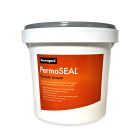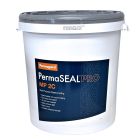Help & Advice Articles, Videos and How-to-Guides
Filter Articles
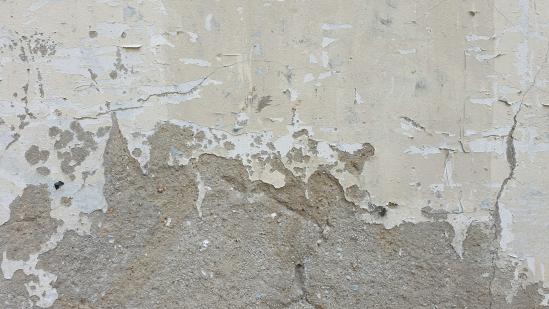
What Is the Difference Between Waterproofing and Damp Proofing?
Waterproofing and damp proofing may sound like two ways of describing the same thing, but they’re actually distinct processes. Both aim to prevent water from damaging your property, but they do so using different methods. Damp proofing is normally used to prevent rising damp, condensation and penetrating damp, and is the process of managing and controlling moisture and salts within the building's fabric. Waterproofing works to make a structure impermeable to water, preventing moisture from entering the building. Read on for more information and when to use each one.
What is waterproofing?
Waterproofing is the process of preventing moisture from entering a structure and is generally used to stop water from entering underground structures by employing Type A, Type B or Type C waterproofing.
See our External Waterproofing guide for more information, and browse our External Waterproofing products.
How long does waterproofing last?
The lifespan of waterproofing varies depending on what form of waterproofing is used and the specific products. Some waterproofing systems last as long as the structure, other waterproof coatings will need to be reapplied. Our products are high-quality and designed to be extremely durable and long-lasting.
For example, our PermaSEAL 7 Clear Tanking Membrane is guaranteed against deterioration for 30 years when installed correctly and has a life expectancy equal to the design life of the structure.
What is damp proofing?
Damp proofing is normally used in reference to penetrating damp, condensation or rising damp. It forms a barrier against, or alleviates, moisture that has entered a building - preventing damage from damp. Examples of damp proofing include a damp proof course (DPC) - either physical or liquid injection - to protect against rising damp, or a damp proof cavity drain membrane that can isolate damp or salt-contaminated walls.
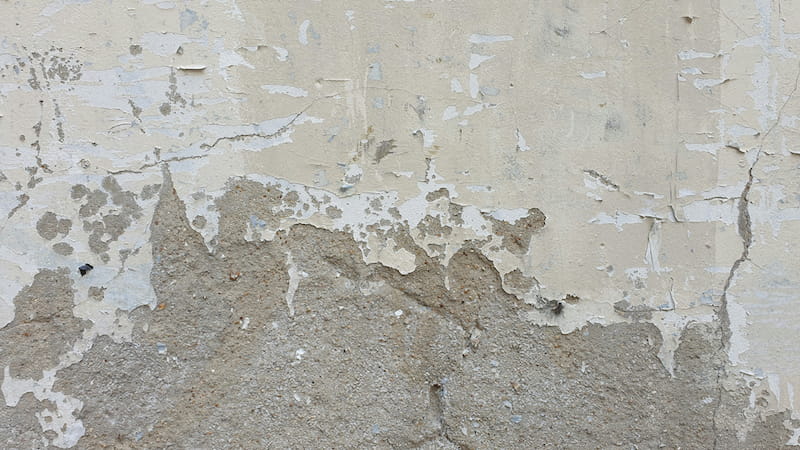
Is damp proofing necessary?
Due to the climate in the UK, issues with damp are extremely common. In 2021, an estimated 904,000 houses had damp problems. Issues associated with damp should be treated wherever possible, because they can lead to much more serious problems, including health issues and structural damage.
Damp proofing is a more common method of preventing moisture from affecting a building. This is because it’s often less disruptive, more cost-effective and is often the only feasible solution. If you have an issue with damp, you should aim to solve the root cause as soon as possible. As we’ve discussed, the type and cause of the issue dictates which solution you need, but damp proofing is often the most appropriate cure.
How does damp proofing work?
Damp proofing can work in a few different ways depending on the type of damp it’s designed to address.
A DPC is used to prevent rising damp - where moisture travels up the walls of a building by capillary action - by acting as a barrier against moisture and salts. A DPC can be a physical sheet made of plastic or a liquid chemical injection like our PermaSEAL PRO DPC Cream.
Another form of damp proofing is PermaSEAL Damp Proof Paint. This can be brushed or rolled onto a wall to form a flexible membrane that stops water and vapour coming through - reducing the chance of damp forming.
Ultimately, damp proofing works by preventing moisture from moving through a building, stopping it from negatively affecting inside spaces.
Damp proofing vs waterproofing
Whether damp proofing or waterproofing is best for you depends on your property, the risks involved, and your specific needs. That said, given the UK climate, a combination of both is often recommended.
It’s rare to use a damp proofing system for full waterproofing, but waterproofing products can sometimes be used in damp proofing scenarios. There can sometimes be a crossover in terminology as well, just to confuse things. Some products might be referred to as waterproofing products, but really fall into the damp proofing category - more on that later.
The best way to identify the difference between waterproofing and damp proofing is that you will usually see waterproofing systems installed below ground, where there is the potential for water pressure and damp proofing systems above ground where water pressure is not present. Damp proofing doesn’t block moisture from entering a building, it prevents it from progressing through the building and affecting your internal decoration. Waterproofing aims to make a structure or surface impermeable to water, so moisture doesn’t have a chance to get to inside spaces.
Which method is right for you depends on where you have an issue with damp in your property and its cause. For example, condensation is caused by moisture inside a building, so waterproofing would have no effect and a solution to this would be classed as damp proofing. Similarly, rising damp can’t feasibly be prevented by waterproofing. It needs a damp proof course.
As we mentioned earlier, there can sometimes be a crossover in terminology and one type of product that’s guilty of this is the masonry facade cream. They are often referred to as waterproofing creams when in reality they fall under damp proofing, as they wouldn't hold back water pressure for very long. If you’re trying to prevent penetrating damp due to driving rain, a Masonry Facade Cream forms an invisible barrier against water penetration while still allowing your property to ‘breathe’.
Read on for some specific examples of which techniques to use in different situations.
House basement waterproofing
Depending on the water table level, your basement will be subject to hydrostatic pressure to varying degrees. Based on how at risk you are and your own attitude to risk, you may want to install a waterproofing system. This can be:
- Type A: Cementitious tanking, a high spec flexible coating or a self-adhesive tanking membrane.
- Type B: Structural waterproofing (although this occurs during construction).
- Type C: A cavity drain membrane system that channels any water entering the structure safely to an evacuation point.
Some people are happy with a Type A system - cementitious tanking or a membrane - which blocks water ingress.
PermaSEAL Tanking Slurry is a cement-based coating that can be brushed onto basement walls to block water ingress. It can be applied to damp substrates and creates a watertight layer capable of withstanding water pressure. The aim is to block water from entering your cellar, effectively making it watertight. But any defect or failure in application, and you risk your basement flooding. This is primarily used internally.
A Type C system uses a cavity drain membrane to create a cavity between the external wall and an internal lining or wall. Water is allowed to travel down this cavity and be channelled through a drainage system to an evacuation point controlled by a sump pump.
This form of waterproofing is a popular solution, as it’s fully maintainable and offers more security than Type A waterproofing. Even if the external waterproofing fails, a Type C system can deal with the water and avoid flooding, provided the system is properly maintained.
If you’re building a new basement or cellar, or having major structural work done, you have the option for external waterproofing, which we would always suggest is installed if possible. We have products suitable for insulated concrete form (ICF) buildings, new builds and many other retrofit applications. To achieve this, it’s a good idea to use an external waterproofing system. This ensures the building is protected and any water is drained safely away into the surrounding earth or carried away through land drains. We would recommend using one of the first two products listed below, always in combination with the PermaSEAL Geodrain:
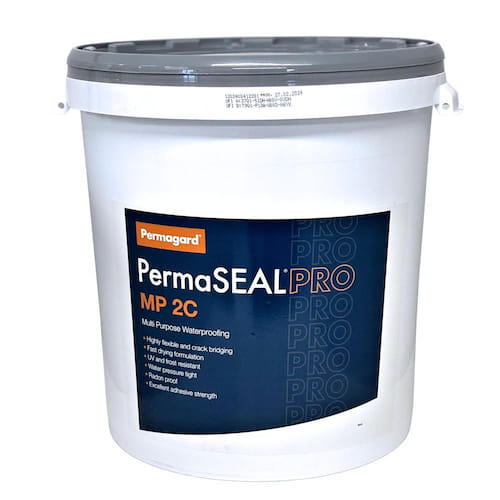
- PermaSEAL PRO MP 2C - Multi Purpose Waterproofing: This is the ultimate structural waterproofing all-rounder. Combining the qualities of a PMBC with a flexible waterproofing grout, it’s suitable for a wide range of applications.
- PermaSEAL Self-Adhesive Tanking Membrane: This tough, bitumen-based membrane protects against below-ground water ingress. It’s tough, durable and easy to apply with a self-adhesive backing. This should then be covered by a PermaSEAL Geodrain Membrane.
- PermaSEAL Geodrain Membrane: Placed over PermaSEAL PRO MP 2C or PermaSEAL Self-Adhesive Tanking Membrane, the Geodrain provides highly efficient drainage. Extremely tough and sturdy, this membrane will ensure any water in the cavity is safely channelled away.
Damp proofing the outside of your house
Your house represents a huge surface area for moisture to find a way in and cause an issue. Making the outside of your house as resistant to water ingress as feasibly possible can help to prevent penetrating damp, as well as freeze/thaw damage in colder weather.
Some waterproof coatings seal in moisture and don’t allow the building to breathe. Our waterproofing creams are different.
- PermaSEAL Facade Cream can be applied in a single coat by brush or roller to create an invisible, water-repellent barrier. This protects against water penetration and penetrating damp while still allowing the building to breathe. It can also reduce heat loss through your walls by up to 28% - helping to improve energy efficiency.
- MicroShield Ultra Masonry Waterproofing Cream can be used on brickwork, facades and most kinds of mineral substances. It creates a beading effect that means water simply runs off, allowing the material to maintain its natural moisture balance. Thanks to its penetration depth, it has a lifespan of 25+ years.
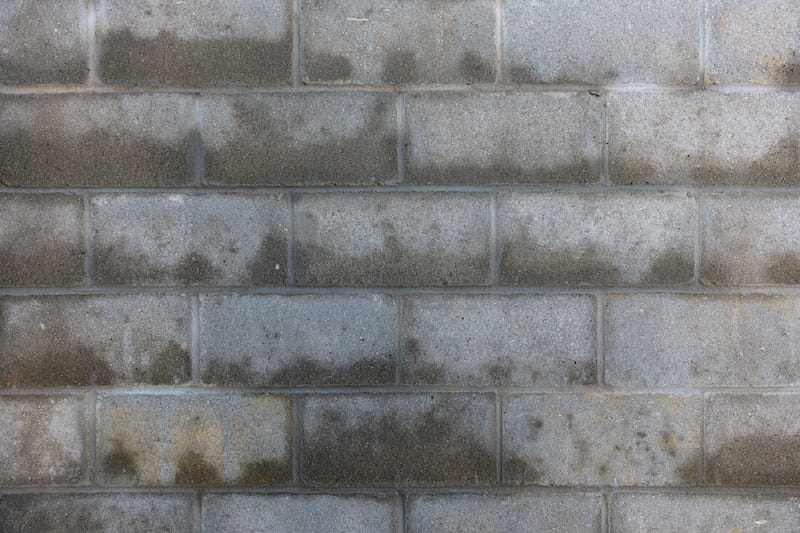
Read our full guide to waterproofing brickwork.
Damp proofing the inside of your home
Damp proofing aims to prevent moisture in your home from causing damage. When it comes to rising damp in walls, a damp proof course (DPC) is required to provide a barrier against water travelling via capillary action. The most convenient and effective option is an injection cream to create a chemical DPC.
When it comes to rising damp in floors, you have the following options for creating a suitable barrier:
- 1200 Gauge DPM: This is designed for solid concrete floors that aren’t subject to hydrostatic pressure. It’s durable and puncture-resistant, making it long-lasting and effective.
- Epoxy DPM: This two-component system is tolerant of residual moisture in concrete floors - allowing for earlier access to the floor for screeds, coatings and other floor coverings.
- Liquid DPM: Ready-to-use from the bucket and quick drying, our liquid DPM protects floors and walls in just two coats. It can be applied to the waterproof layer under screeds, under laminate and concrete floors.
Another common cause of damp in the UK is condensation. This is when moisture in the air condenses on cold surfaces, forming water droplets that lead to damp. It’s particularly common in areas with high humidity, like bathrooms and kitchens. Ventilation is a great remedy.
One of the most effective solutions is positive input ventilation (PIV), which works by replacing stale, humid air with fresh air from outside. These are generally mounted in a loft space, but there are systems available for flats or properties without access to a roof space.
- Nuaire Drimaster Eco LC with Loft Control: Our most popular PIV system.
- Nuaire Flatmaster Positive Input Ventilation System: A system specifically designed for use in flats.
Alternatively, we produce PermaPROTECT Anti Condensation Paint. After it’s applied, it raises the surface temperature of the wall - meaning it takes up to 60% longer for condensation to form. It’s effective at preventing mould growth and can be used in bathrooms and kitchens.
Permagard: suppliers of damp proofing and waterproofing products
At Permagard, we supply a wide range of high-quality damp proofing and waterproofing products. Whatever your issue, we have the solution for you. If you’re not sure which product would be best suited to treating your issue, we’re always available to help by providing free, impartial technical and product advice. Call us on 0117 982 3282 or email us at [email protected].

